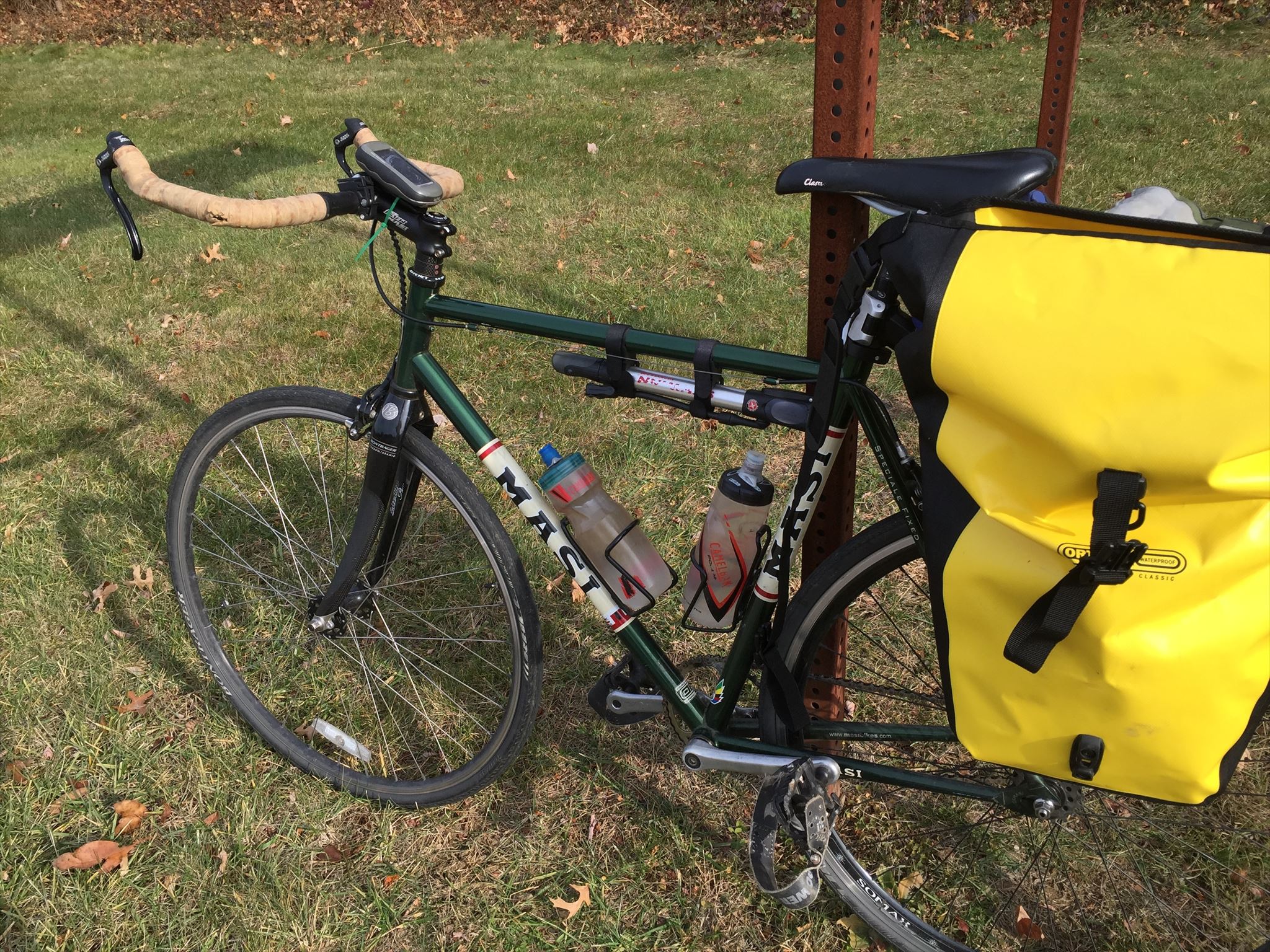I signed up for a bill payment service yesterday. While I was reading through all the legalese in the “bill payment agreement,” it occurred to me that although the service is advertised as being free, it’s really not. There’s a very sneaky cost to it built in, which must be weighed when determining whether using the service is actually cheaper than sending stamped envelopes.
Allow me to elaborate. When a financial institution offers bill payment service, there are several ways in which they can pay the payee. One of these is to actually mail a physical check. And here’s the clincher: most of these services will debit your account at the time they issue the check. The funds are transferred to a “holding” account owned by the financial institution, and the check itself is drawn against the holding account.
Now, when you write and mail a paper check, it never clears right away, because it has to go through the mail, then the payee’s accounts receivable department, etc., before it actually posts and the funds are withdrawn from your account. During that time, the money sits in your account accumulating interest for you. But with a bill payment service, it sits in the financial institution’s holding account, earning interest for them. And that’s the hidden cost: the interest you lose when making these types of transactions. The actual cost varies with the amount of the transaction, the account’s current interest rate, and the length of time it takes the lender to cash the check.
[More:]
Of course, the best way to illustrate this is to use a concrete example. Imagine a hypothetical payment of $100 from an account that pays 4% interest compounded monthly, and assume the check-cashing delay is 7 days. Also assume that a stamp costs $0.39 and a paper check costs $0.10. Using the compound interest formula with the above numbers, we come up with $.08 in earned interest on the $100 over the 7 day period. That’s less than the $.49 it would cost to mail the check, so in this case, the bill payment service is the less expensive of the two methods. However, if the payment is $1000, the earned interest over 7 days comes to $0.77. In this case, mailing the check is cheaper. Similarly.. if the payment is $100 but the payee takes 60 days to cash the check instead of 7, the accrued interest comes to $0.66, making the mailed check a better deal in this case too.
It seems that for most average transactions, the bill payment service comes out ahead. The ones to look out for are: large payments, and/or payees who take a long time to cash checks. For most people, the difference in cost is not going to be enough to be significant (I’m also not accounting for non-monetary factors, such as the convenience of the bill-pay service vs. physically writing and mailing a check). But, it’s still worthwhile to keep these things in mind as you’re trying to pinch pennies. A few pennies here and there will add up over time.
8/24/2006: I paid my first bill through Schwab Bill Pay this week, and it appears that my initial assumption was wrong. They paid the bill via a mailed check, but the check went directly against my account, rather than going to a holding account. So, the funds weren’t withdrawn until the payee cashed the check several days later. That basically kills the entire premise of this entry, and makes the bill pay service the clear cost winner in all cases (assuming there’s no monthly fee, of course). Bill pay services have apparently come a long way in the 8 or 9 years since I first tried one out.


